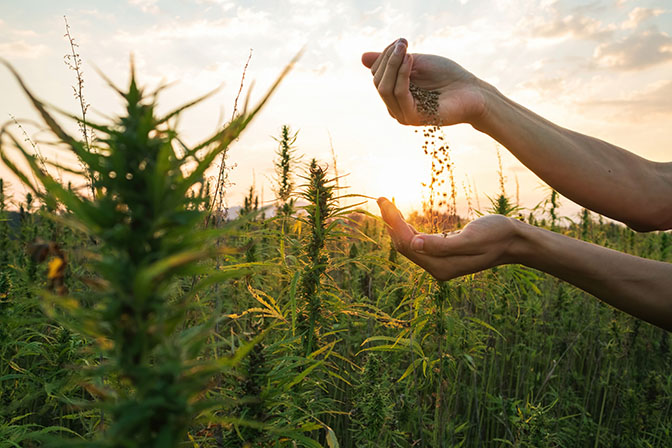 Cannabis cultivation has seen a significant rise in popularity, and as more regions legalize its use, growers are exploring various climates to optimize their yields. Coastal climates, with their unique blend of temperature, humidity, and soil conditions, present both challenges and opportunities for cannabis growers. In this comprehensive guide, we'll explore the intricacies of growing cannabis seeds in coastal climates, providing you with essential tips and tricks to ensure a successful harvest.
Cannabis cultivation has seen a significant rise in popularity, and as more regions legalize its use, growers are exploring various climates to optimize their yields. Coastal climates, with their unique blend of temperature, humidity, and soil conditions, present both challenges and opportunities for cannabis growers. In this comprehensive guide, we'll explore the intricacies of growing cannabis seeds in coastal climates, providing you with essential tips and tricks to ensure a successful harvest.